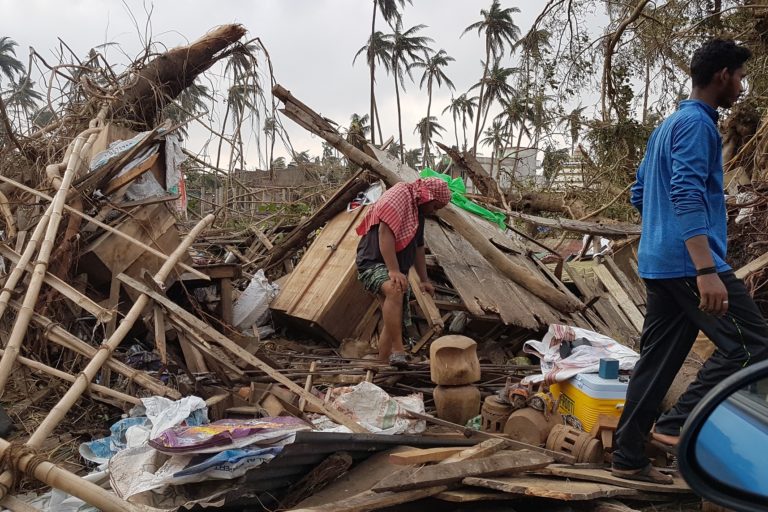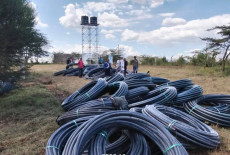- Media platforms have the power to educate, inspire, and mobilize communities towards addressing the challenges posed by climate change.
As Kenya experiences another rainy season, it is an opportune time to reflect on the influential role of media in shaping public perception of climate change.
Media platforms have the power to educate, inspire, and mobilize communities towards addressing the challenges posed by climate change.
Media, encompassing television, radio, print, and digital platforms, bridges scientific data and public understanding.
Through compelling storytelling, informative documentaries, and data-driven reporting, the media can elucidate the impact of climate change on Kenya's weather patterns.
By highlighting real-life stories of communities grappling with the consequences of extreme weather events, media can humanize the effects of climate change, making it more relatable to the general public.
Read More
Additionally, the media is responsible for dispelling misinformation and promoting accurate climate science, collaborating with experts to present the latest research in an accessible and engaging manner.
The rainy season allows media to showcase the interconnectedness of climate change and local ecosystems. By featuring the impact of erratic rainfall on agriculture, water resources, and food security, media outlets can underscore the urgency for sustainable practices.
Moreover, highlighting successful initiatives and community-led solutions can inspire positive action, emphasizing that individuals and communities can make a difference in mitigating the effects of climate change.
Social media platforms offer a dynamic space for engagement and activism. Media outlets can leverage hashtags, campaigns, and interactive content to encourage public participation in climate change discussions.
Sharing practical tips for eco-friendly practices during the rainy season, such as water conservation, waste reduction, and sustainable agriculture, empowers individuals to make environmentally conscious choices in their daily lives.
Media practitioners must approach their responsibility with integrity and sensitivity. Sensationalism and fearmongering can lead to apathy or panic rather than constructive action.
Striking a balance between delivering impactful messages and offering solutions is critical to mobilizing the public effectively.
Media outlets should empower individuals and communities to take action, highlight success stories, and provide practical steps towards sustainability.












